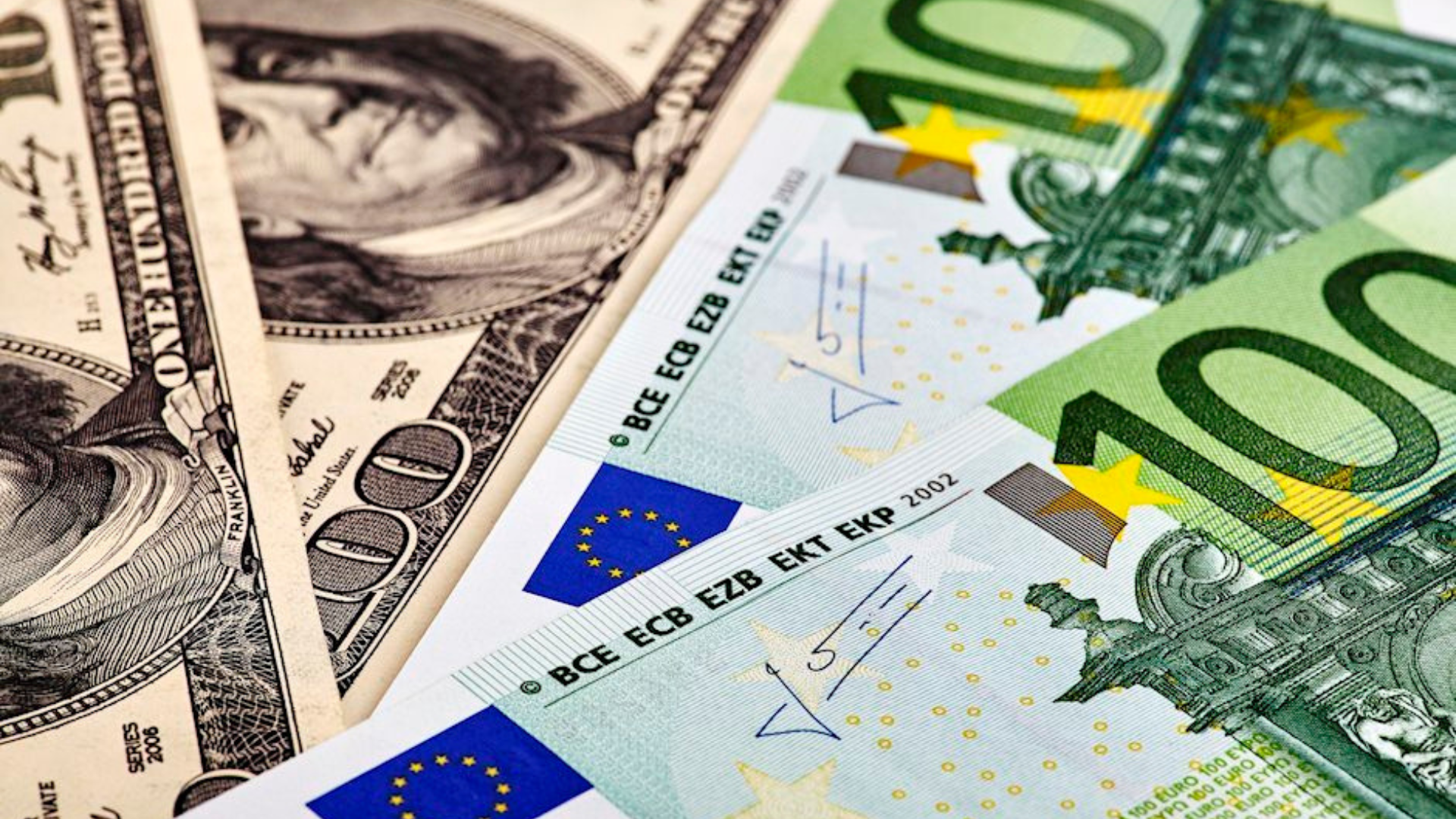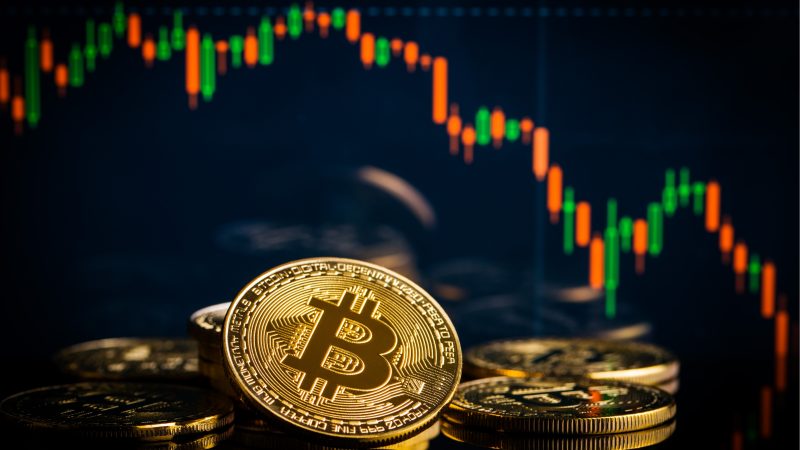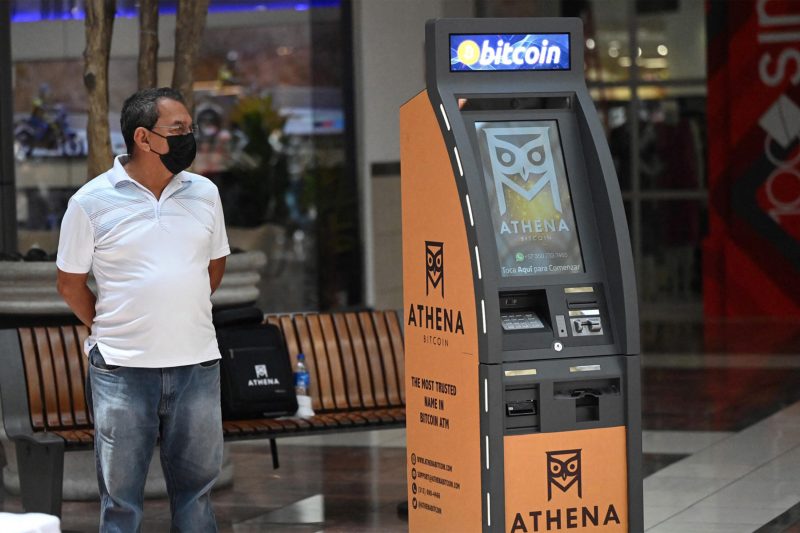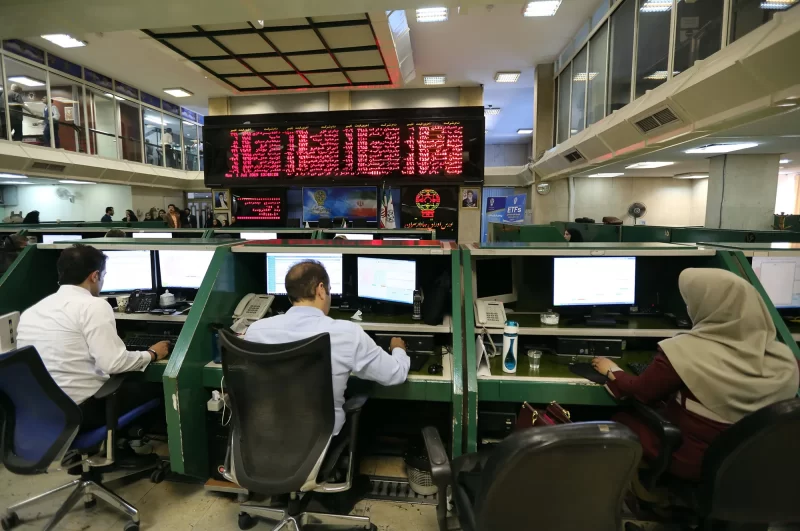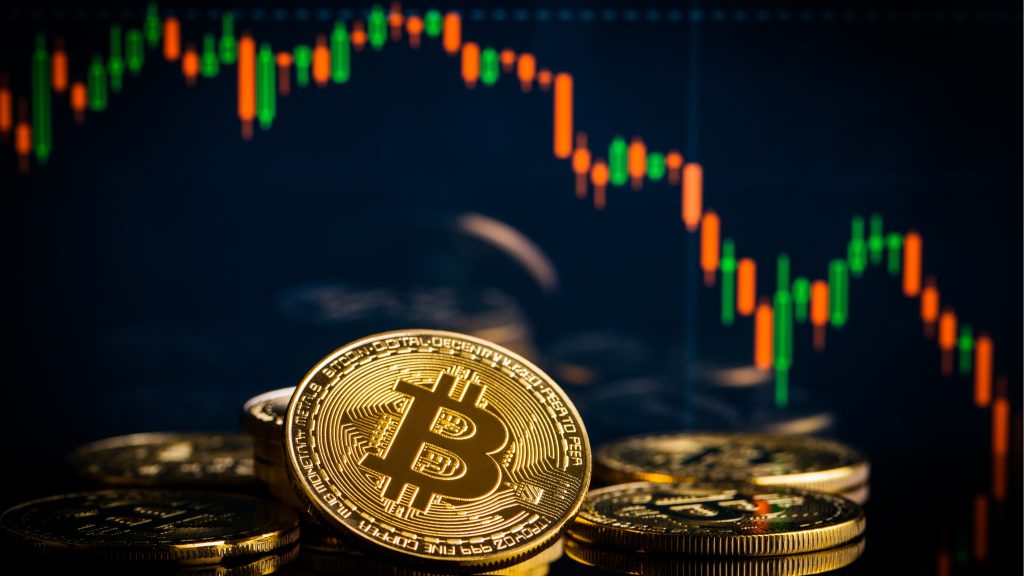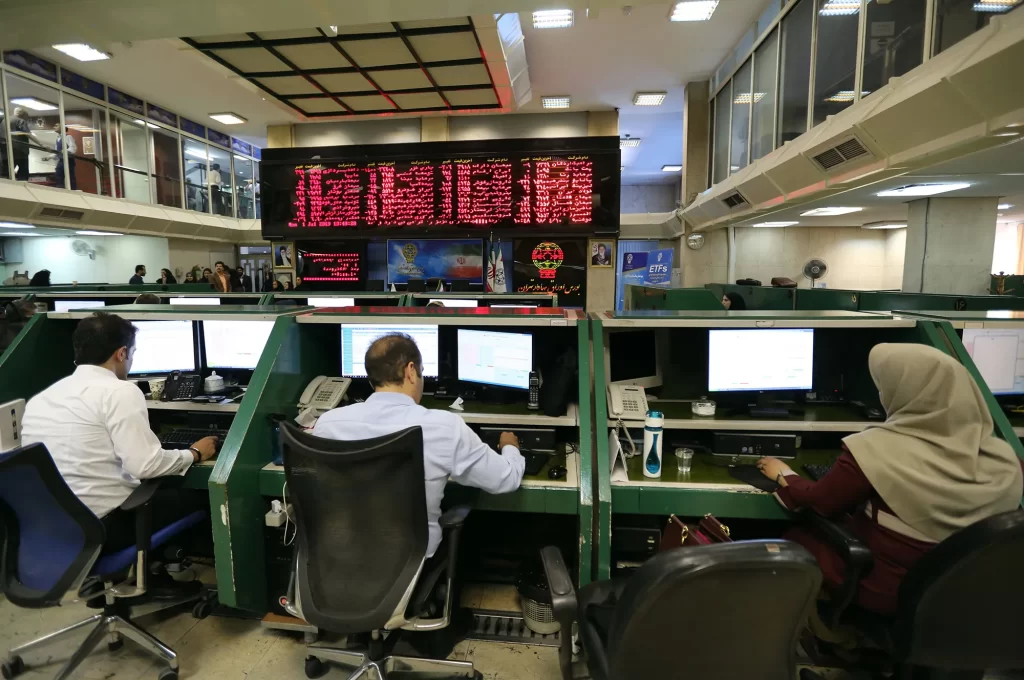EUR/USD Overview
The EUR/USD currency pair recently revisited the year-to-date peak around 1.1200. After achieving new highs just above this level at the start of the week, the pair encountered some downward pressure and paused its multi-week upward momentum. This mild correction occurred alongside a modest resurgence in US Dollar (USD) buying interest.
The Greenback rebounded from its recent 2024 lows near 100.50 (August 26), as indicated by the US Dollar Index (DXY). This recovery followed a decline in risk appetite, triggered by Chair Jerome Powell’s dovish remarks at the Jackson Hole Symposium on Friday.
Powell suggested it might be time to adjust monetary policy, potentially leading to an interest rate cut at the September 18 meeting. He noted that the labor market is unlikely to contribute to heightened inflationary pressures soon and stated that the Fed does not seek further cooling in the labor market.
Additionally, Richmond Federal Reserve President Thomas Barkin mentioned that the current “low-hiring, low-firing” strategy by US businesses might not persist, raising concerns about potential layoffs if the economy weakens. He highlighted that concerns over the job market have grown at the Fed, which is why Powell discussed the necessity of rate cuts to prevent unwanted increases in unemployment.
The CME Group’s FedWatch Tool reflects nearly a 70% chance of a 25 basis points reduction at the September 18 meeting.

European Central Bank (ECB) Update
The ECB's Accounts, published last week, revealed that while there was no immediate need to lower interest rates last month, the issue might be reconsidered in September due to the ongoing impact of high rates on economic growth. Robert Holzmann, a member of the ECB Governing Council, suggested that a rate cut in September is not guaranteed. He noted that if the Fed lowers rates, it might pave the way for further rate cuts by the ECB. He also warned that inflation remains persistent in some areas, especially within the services sector, which could hinder achieving the inflation target. Meanwhile, ECB Chief Economist Philip Lane maintained a cautious stance, stating that while the ECB is making “good progress” toward the 2% inflation target, a restrictive monetary policy may still be necessary.
A recent poll showed a significant slowdown in negotiated pay increases during the second quarter, a critical indicator for predicting future inflationary pressures.
If the Fed implements further rate reductions, the policy gap between the Fed and the ECB might narrow in the medium to long term, potentially pushing EUR/USD higher, especially as markets anticipate the ECB might cut rates twice more this year. However, the long-term outlook suggests the US economy will likely outperform Europe, indicating any prolonged dollar weakness could be temporary.
EUR/USD DAILY CHART

Technical Outlook for EUR/USD
EUR/USD is expected to challenge its 2024 high of 1.1201 (August 26), potentially targeting the 2023 peak of 1.1275 (July 18).
The pair’s next downside target is the weekly low of 1.0881 (August 8), followed by the 200-day SMA at 1.0848 and the weekly low of 1.0777 (August 1). Further below, the low of 1.0666 (June 26) comes before the May bottom of 1.0649 (May 1).
The broader trend remains bullish as long as the pair stays above the key 200-day SMA. The four-hour chart indicates a slight slowdown in the upward bias. The initial resistance level at 1.1201 precedes 1.1275. Support levels are quickly established at 1.1098, followed by the 55-SMA at 1.1078 and 1.0949. The Relative Strength Index (RSI) has decreased to approximately 62.

